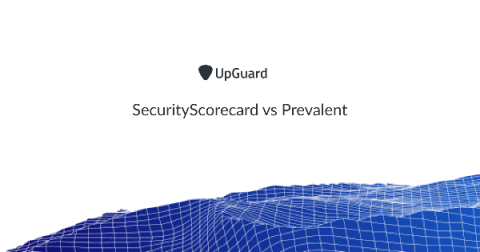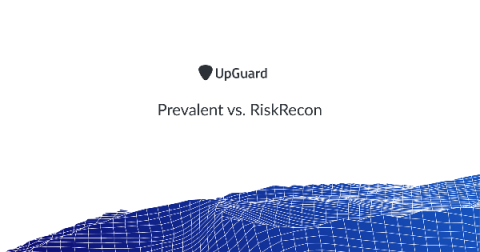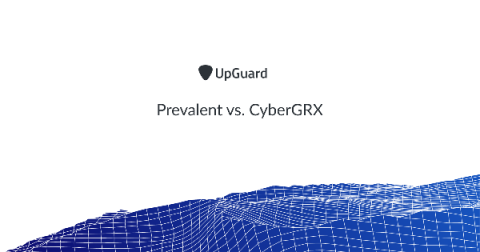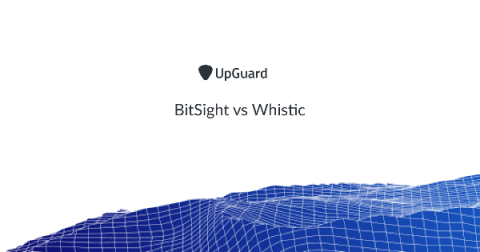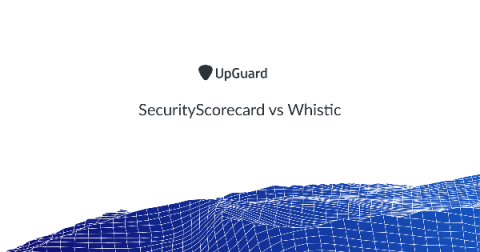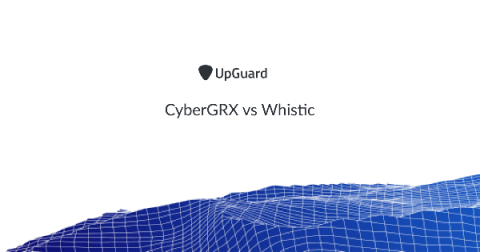How to Prevent Third-Party Vendor Data Breaches
Third-party vendor data breaches are becoming an epidemic for organizations that themselves have solid information security programs. The Ponemon Institute has proven year over year in its survey that the cost of third-party data breaches increases with each survey. Many struggle with how exactly to hold third-party vendors accountable and enforce the same rigid standards and controls that they consume internally. The big question is: how do organizations prevent third-party vendor data breaches?



